As a general rule of thumb, you should consider any photo with perfectly shaped (most of the time they show up as circles, octagons or triangles) "orbs" false-positive from out-of-focus dust. Don't forget about the coma effect as well, if an "orb" seems elliptical, and it is curved around the central axis of the photographic lens, it is still just dust. Things to look for in photographs that may merit them as potentially anomalous or "paranormal" is clear movement of the orb, which would make the possibility that it was caused by dust smaller. Even if the orb shows clear movement, it could still be rain or snow, so be sure never to attempt to try to take photos in either of these conditions (even if it's just sprinkling, it only takes one drop!) Also, if an orb appears to be overlapped by another in-focus object in the picture, it helps proves by inspection that the orb is not out-of-focus dust, because the orb is behind the overlapping object, which means that it was past the focal point. In the case of orbs that appear brighter than normal, etc, just use your own judgment. | |
|
Camera: Hewlett-Packard PhotoSmart 315 Digital 
|
Camera: Hewlett-Packard PhotoSmart 315 Digital 
|
|
Camera: Hewlett-Packard PhotoSmart 315 Digital Even though it looks like a mist, it's still just dust! 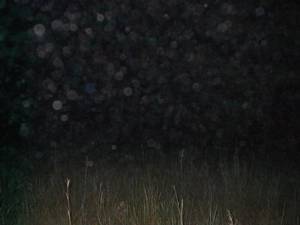
|
Camera: Sony Mavika Digital 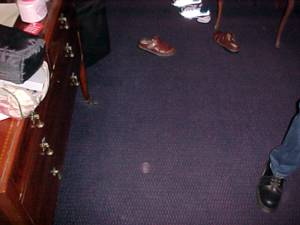
|
|
Camera: Sony Mavika Digital 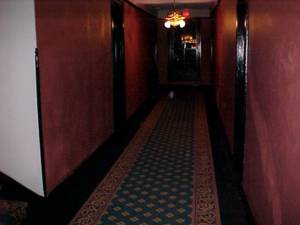
|
Camera: Hewlett-Packard PhotoSmart 315 Digital Looks like shooting orbs, but it's really just falling snow & rain! 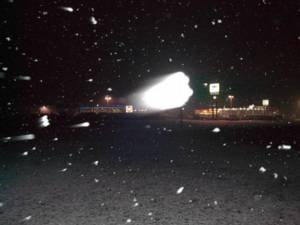
|
|
Camera: Hewlett-Packard PhotoSmart 315 Digital 
|
Camera: Hewlett-Packard PhotoSmart 315 Digital 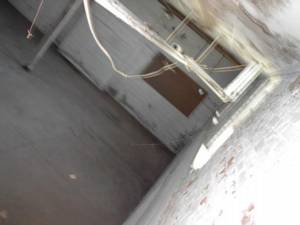
|
|
| |
|
If the photo in question has passed the test so far, that is a good sign it may be anomalous. Movement like in the first photograph is very interesting, because it is not just in one direction, but it changes directions during the exposure time (1/30th of a second!). Movement of this type shows that, depending on the distance from the camera, the orb was potentially moving at high speeds. Be careful, though, because falling rain/snow can look like fast moving orbs, as well (see above FP photos). Vibration/oscillation of the orb can also make it not so easily explainable. If an orb appears to be overlapped by another in-focus object in the picture, it theoretically helps prove that the orb is not out-of-focus dust, because the orb is behind the overlapping object, which shows that it was past the focal point. Orbs being brighter, different colors, or oddly shaped doesn't prove that they aren't dust, so don't try to pass the pink dust orb you captured as the "spirit of a girl". When taking pictures in hopes of capturing an anomaly, it is essential to take two photos in a row from the same angle. If one photo 1 shows something anomalous, it can be compared to photo 2 to see if it was anomalous, or just an optical effect. |
|
|
Camera: Hewlett-Packard PhotoSmart 315 Digital Shows obvious meaningful movement 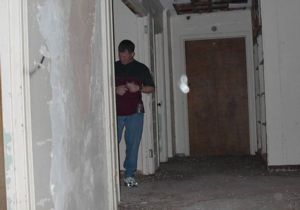
|
Camera: Hewlett-Packard PhotoSmart 315 Digital Shows obvious movement 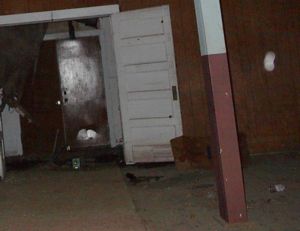
|
|
Camera: Hewlett-Packard PhotoSmart 315 Digital Overlapping proves it to be in-focus 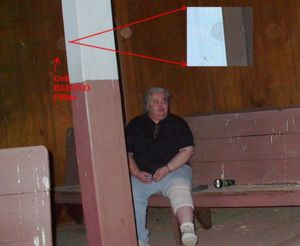
|
Camera: Hewlett-Packard PhotoSmart 315 Digital Shows obvious/vibration 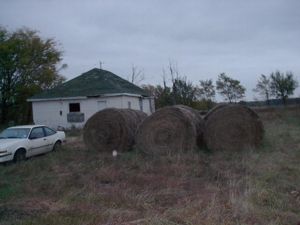
|
|
After years of experience, I have seen very few, if any, photographs that did not have some sort of natural explanation. In fact, I only take photographs during investigations for documentation purposes, to record where equipment is placed, etc.. Please do not e-mail me with your photographs and videos of orbs, asking if I think they are ghosts - I will just refer you back to this article. I have spent many hours putting these articles together for the public to view, and any response I would have to a question about photographic anomalies or orbs can be found somewhere on this website, so please, do your own research before e-mailing. Now that you have learned about how dust and other out-of-focus contaminants ruin photography and video, it's time you learned about the OKCPRG innovation: DEVA (Dust Eliminating Video Apparatus). It effectively reduces out-of-focus contamination by 99% in video. | |